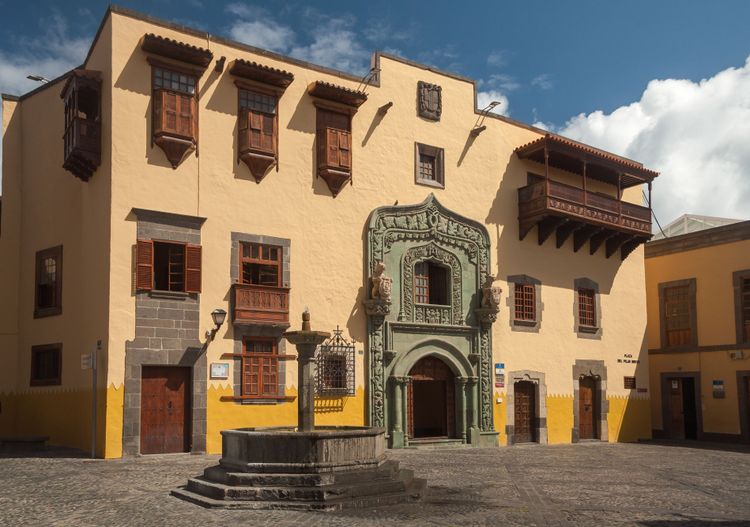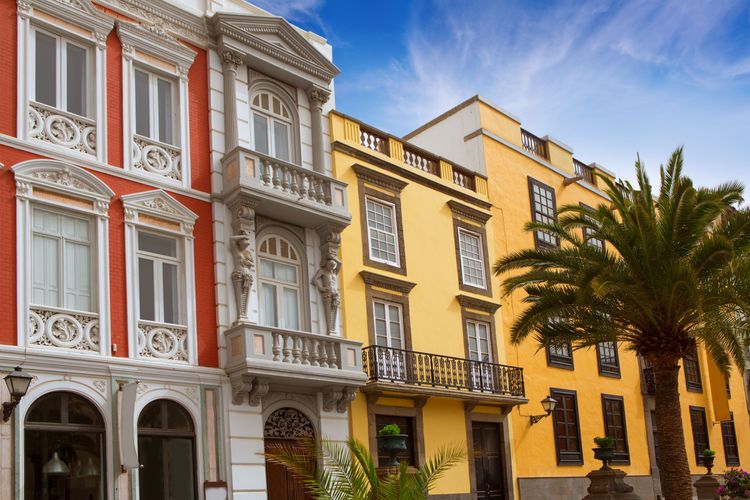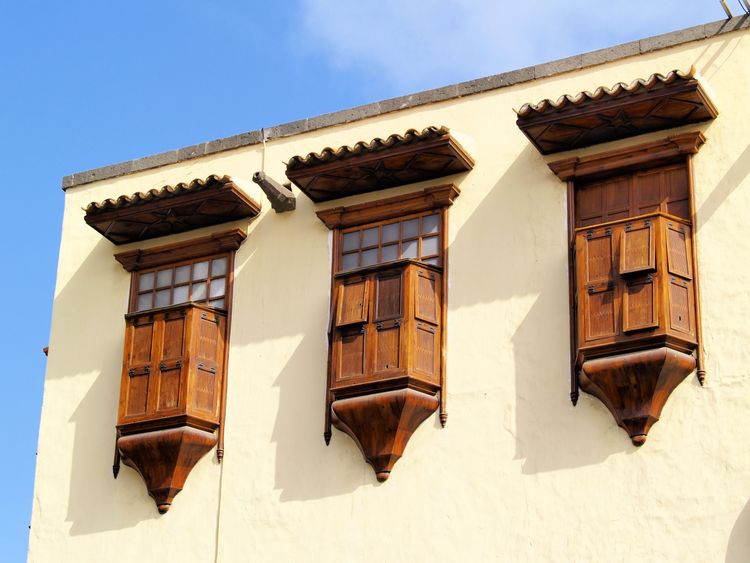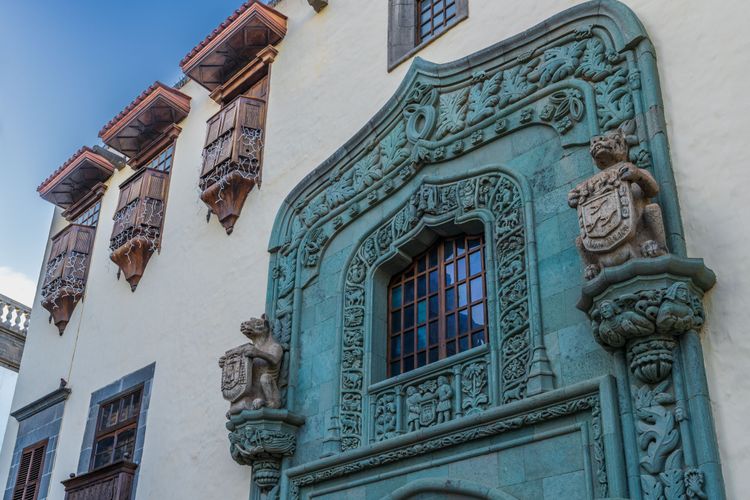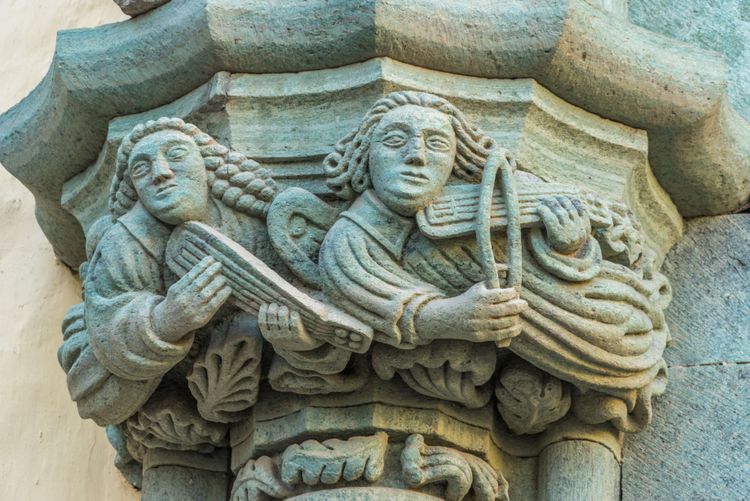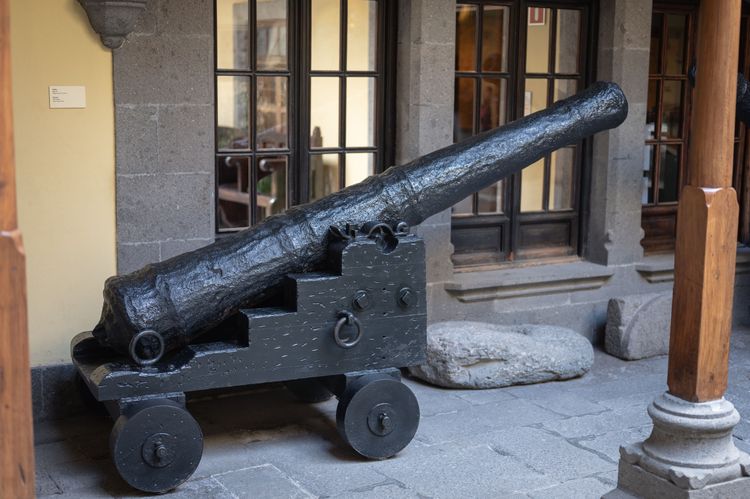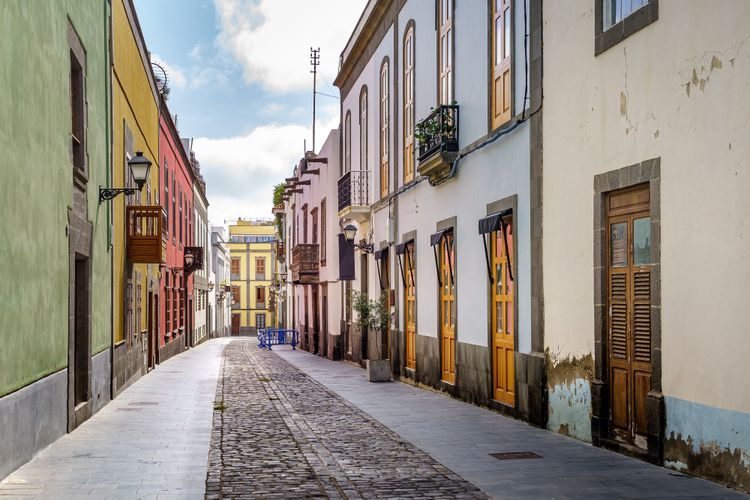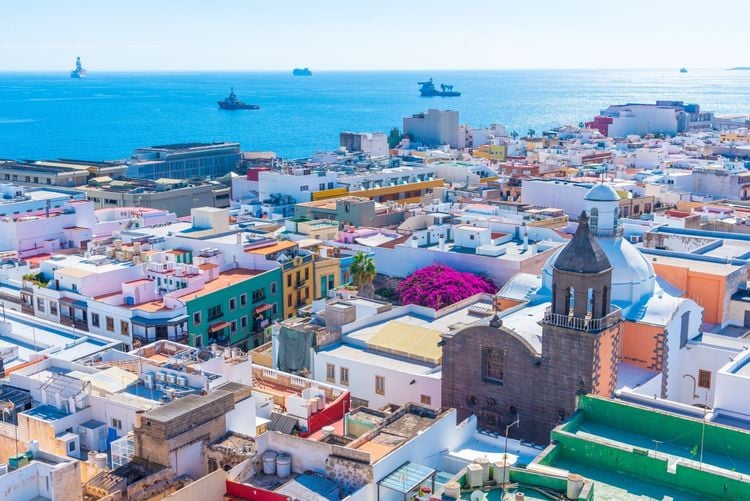The history of the Casa de Colón dates back to 1478 when the Real de Las Palmas was founded, which later gave rise to the district of Vegueta that we know today, the foundational nucleus of the island of Gran Canaria. It was made up of a series of houses, including the Casa de los Gobernadores, today's Casa de Colón.
In 1492, Christopher Columbus began his expedition in search of a new route to the East Indies, but he had to make a stopover on the island of Gran Canaria to repair one of his ships, and he took the opportunity to recruit astute sailors and stock up for the voyage. On 6 September of the same year, Columbus and his crew set sail for what they believed to be Asia, but arrived in a continent that had been unknown to them until then, thus changing the course of human history.
